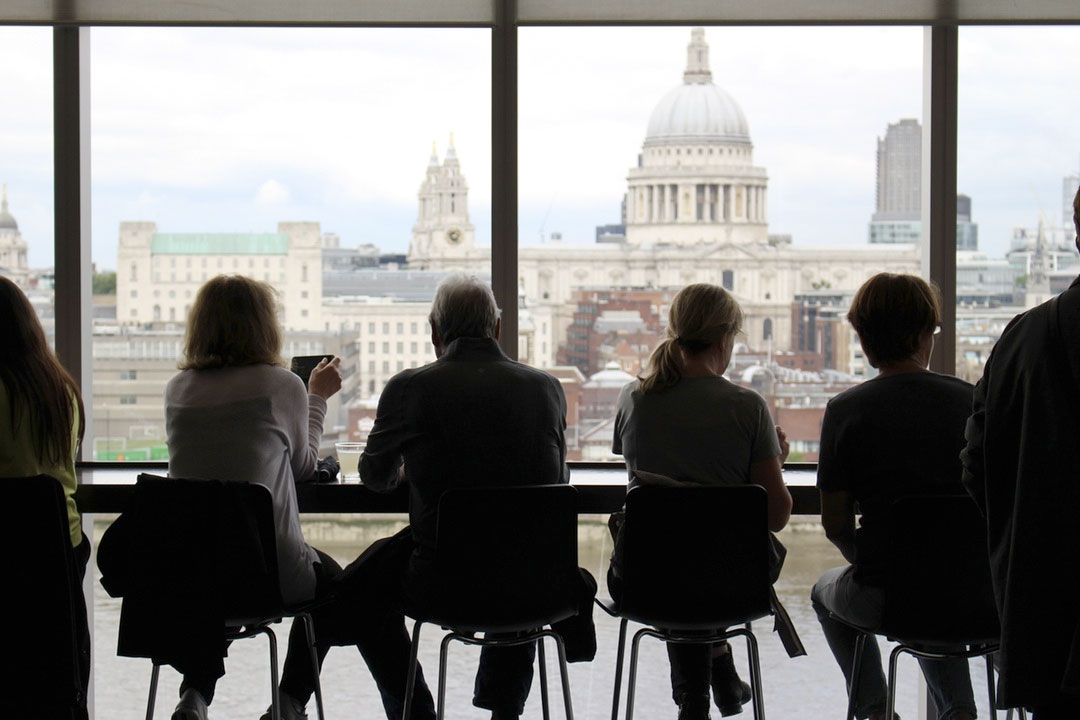Introduction
“We are now well into the 21st century and yet most businesses, by design or default, operate a functionalised and hierarchical businesses model that was implemented by our Victorian forbearers in a time when Labour was relatively inexpensive and the UK was a dominant supplier to the world’s markets. It is not surprising that this model is no longer delivering the flexibility & low cost required to compete in todays marketplace.
Increasingly modern businesses are being considered as a system rather than simply the sum of its functions, and further a system that is nested inside many larger systems – such as supply chains, communities and the wider environment. This “systems” approach has a profound impact on business architecture (boundaries and constraints) and materially improves business performance both internally and externally. The fractal business model is a practical attempt to distil the fundamentals of the external systems (supply chains, communities, environment, etc.) to provide a structure that is far better aligned and so dramatically improves business performance both internally and externally. Key to this framework is the absence of traditional supervisory, management and administrative functions which typically form between 35 to 50% of the labour costs of an organisation. The model is tried and tested and has delivered remarkable improvements in Quality, Delivery, Profitability and Control.

Fractalism
Fractals are patterns that are similar across different scales. They are created by repeating a simple process over and over again. The fractal business model creates a company, out of smaller companies, which in turn is made out of smaller companies and so the pattern continues. What is in common with all these companies is they are all subject to the same rules and constraints.
What does this look like in reality? A fractal company is similar in nature to a cell based organisation except that instead of a cell being limited to certain functions, all the functions of a company are the responsibility of each & every cell (sales, product/service design and manufacture, accounts, quality, HR…….). Each cell is a ‘virtual company’ within the ‘wrap’ of a statutory company; all the rules that apply to a statutory company also apply to a ‘virtual company’. If every cell (virtual company) complies with all the contractual, regulatory and statutory requirements that constrains the statutory company then, by definition, the statutory company is fully compliant to all requirements. Where a traditional business is built from the top, a fractal business is built from the bottom.

Architecture (traffic lights v roundabout organisations)
The concept of self-leadership is best explained through the metaphor of Roundabouts (or rotaries) verses Traffic Lights (or intersections). The traditional leadership approach (command and control) is analogous to Traffic Lights at a junction. The driver is responsible for following the instructions (conform & comply) given to them by the Traffic Lights. By contrast the driver on a Roundabout must self lead; they co-ordinate their activities with the other drivers around them. The other drivers do not give them instructions but rather they work in concert with each other with a simple set of rules guiding their behaviours.
So what are the advantages of a Roundabout over the Traffic Light approach:
- Fatal crashes reduce by 90%
- CO2 emission reduce by 46%
- Average queue time reduce by 65%
- Proportion of vehicles stopped reduces by 52%
To obtain these benefits from the roundabout approach it requires 1) an effective layout, and 2) a simple set of rules to handle the interaction between the people.
Translating this metaphor into organisational design, what does the layout look like and what are the simple rules for interaction?
- The principle underlying the layout is situational awareness i.e. designing the system to ensure that a self leading individual is able to sense all aspects of the situation (including the law)
- The principle of the rules is a simple mechanism for interaction between the self leading people.
One element in common to both the ‘Traffic Light’ and ‘Roundabout’ approach is that they are structures that require to be designed, built & maintained, and this holds true for Organisations.

Leadership
If traditional management is removed this does not remove leadership; rather, the leadership devolves to everybody.
In a Traffic Light controlled junction the Traffic Lights provide the instructions and so direct proceedings. Self leadership is not just like switching the Traffic Lights off as this would result in chaos; this is not self leadership.
When a driver come to a roundabout they lead themselves but must coordinate with other drivers leading themselves. In this sense the roundabout is leader full and not leaderless and neither is it chaotic; in fact quite the opposite (see Architecture)
In a network organisation the role of a traditional organisational leader is as the architect of the Roundabout and its associated Rules; it is not as the director of drivers. This is often a challenge for a traditional business leader who may face the anxiety of not being directly in control and who may not have the ‘architectural’ and ‘rule creating’ skills required to design the organisational structure and rulset.

Benefits
There are many benefits to self leadership both financial and organisational.
Business Owners (shareholders) benefit, as they no longer have to cover the burden of cost due to the traditional hierarchical & functional organisational structure and scaling becomes much easier.
Business Directors (architects) benefit, as they can quickly see how changes they make in the organisational architecture impacts the organisational performance.
Operators (employees) benefit through the possibility of a higher salary level and by being able to contextualise and bringing self-expression to their work. Over time success becomes a greater reflection of them as a person, this leads to greater self-esteem and self-confidence.
Clients (customers) benefit through the possibility of a price decrease and by the direct interaction with the decision maker who can match the resource and skills directly to the client requirement. Decision are made quickly and responses are timely.




